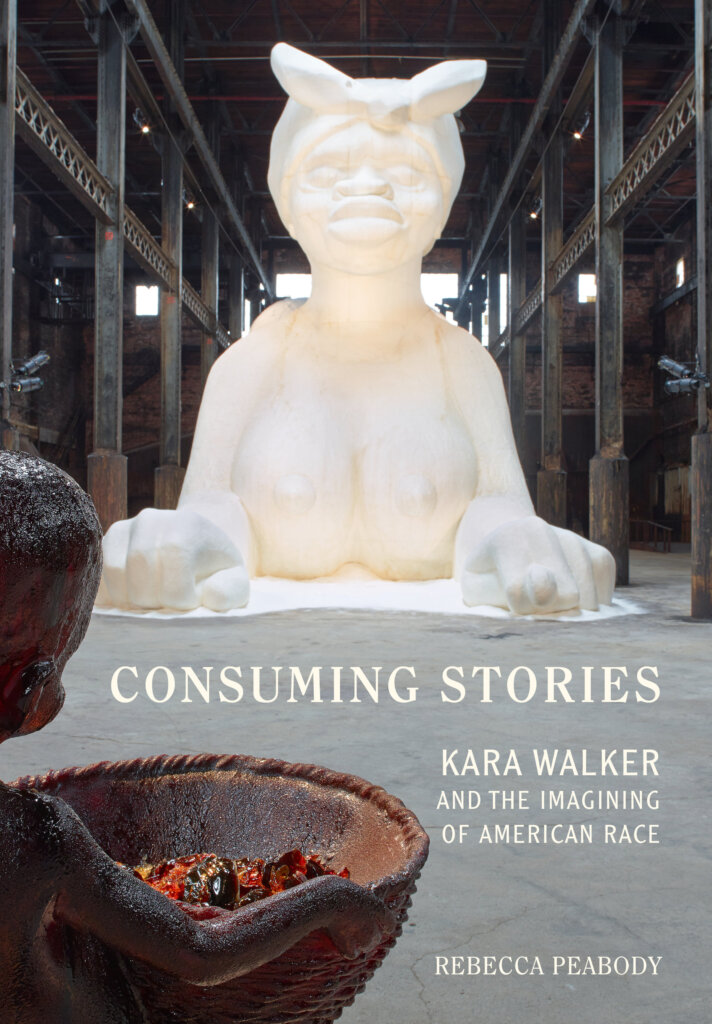Black History Month is a powerful occasion to recognize, learn from, and reflect on Black stories, histories, and legacies in America. Join us in taking this time to celebrate and highlight Black artists and some of the books that we have had the privilege to publish on these artists.
Born in Stockton, California, contemporary artist Kara Walker (1969–) earned her BFA from the Atlanta College of Art and her MFA in painting and printmaking from the Rhode Island School of Design. Walker is most known for her black paper silhouettes—flattened, expressionless, and often disturbing figures—that explore past brutalities, linking those brutalities to the present. Since her first exhibition in 1994, she has worked in a variety of media, including drawing, painting, text, shadow puppetry, film, and sculpture. Her work probes constructions of race, gender, and violence throughout American history, and particularly within popular storytelling traditions. In 1997, Walker received a MacArthur Genius grant, and was one of the youngest ever recipients. In 2002, she was the United States representative to the Bienal de São Paul and was elected to the American Academy of Arts and Letters in 2012. Her work has been exhibited around the world, and at major museums, including The Museum of Modern Art in New Work, The Whitney Museum of American Art in New York, Walker Art Center in Minneapolis, Art Institute of Chicago, Camden Arts Centre in London, and Metropolitan Arts Center in Belfast. She was the Tepper Chair in Visual Arts at the Mason Gross School of the Arts, Rutgers University from 2015-2020.
In Consuming Stories, Rebecca Peabody looks at Kara Walker’s work to investigate a range of popular storytelling traditions with roots in the nineteenth century and ramifications in the present. Focusing on a few key pieces that range from a wall-size installation to a reworked photocopy in an artist’s book and from a theater curtain to a monumental sculpture, Peabody explores a significant yet neglected aspect of Walker’s production: her commitment to examining narrative depictions of race, gender, power, and desire.
The book considers Walker’s sustained visual engagement with literary genres such as the romance novel, the neo-slave narrative, and the fairy tale and with internationally known stories including Roots, Beloved, and Uncle Tom’s Cabin. Walker’s interruption of these familiar works, along with her generative use of the familiar in unexpected and destabilizing ways, reveals the extent to which genre-based narrative conventions depend on specific representations of race, especially when aligned with power and desire.
Learn more about the book here and about Kara Walker at karawalkerstudio.com.
